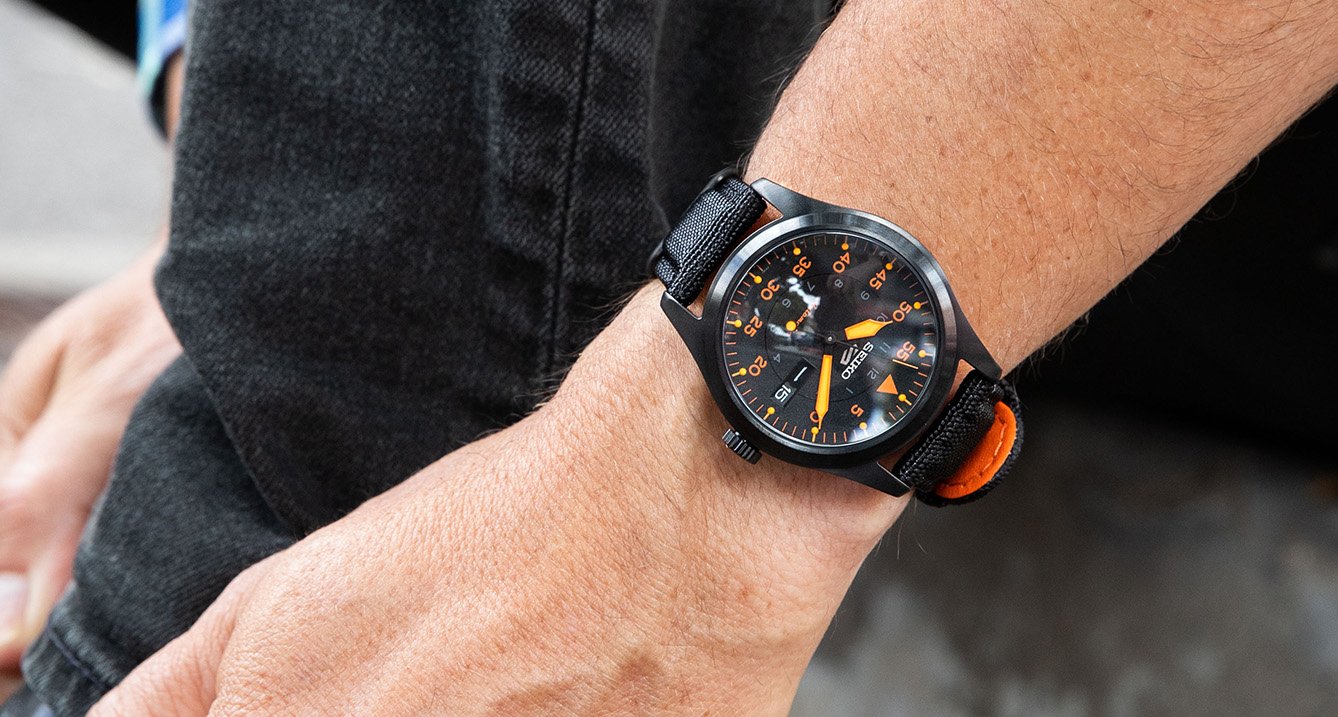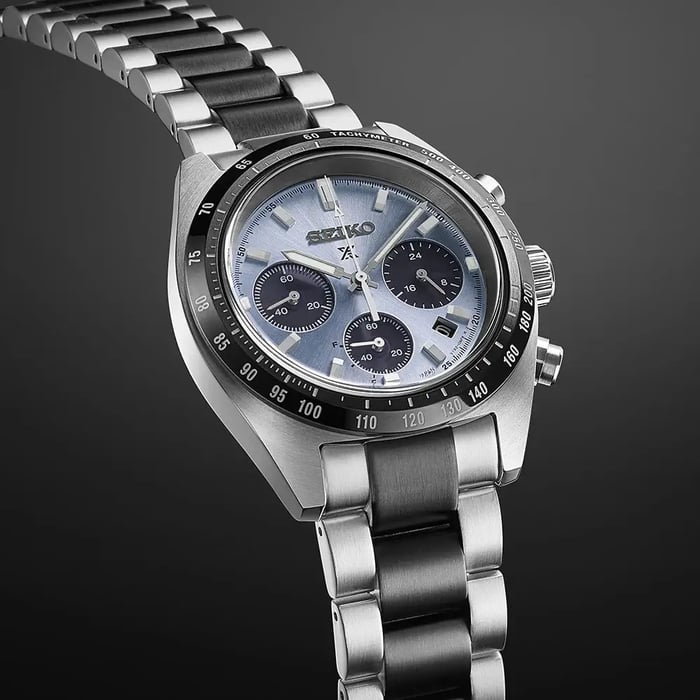No matter their style or functionality, watches are the perfect everyday accessory, there’s no question about it. Compiling craftsmanship, reliability and fashion and rolling it all into one, a watch is one of the very few items that you will wear which will remain timeless and favourable even after decades. Regardless of their materials, dials or brand, timepieces have all the makings of a sentimental heirloom that has the potential to be passed down to your children and their children's children. This is why it is extremely important to provide your watch with the utmost care as you want it to last, especially if it is an important part of your everyday style.
The unwritten style rules of watch etiquette have been around pretty much as long as classic mechanical and quartz watches have been around. Much like the jewellery or any bridal sets you wear, the style rules around wearing watches are all part of treating your timepiece with a great deal of care and respect. That naturally includes how you wear your watch or more importantly, what hand you choose to wear it on.
So, what hand do you wear a watch? Left or right? Read on to find out.
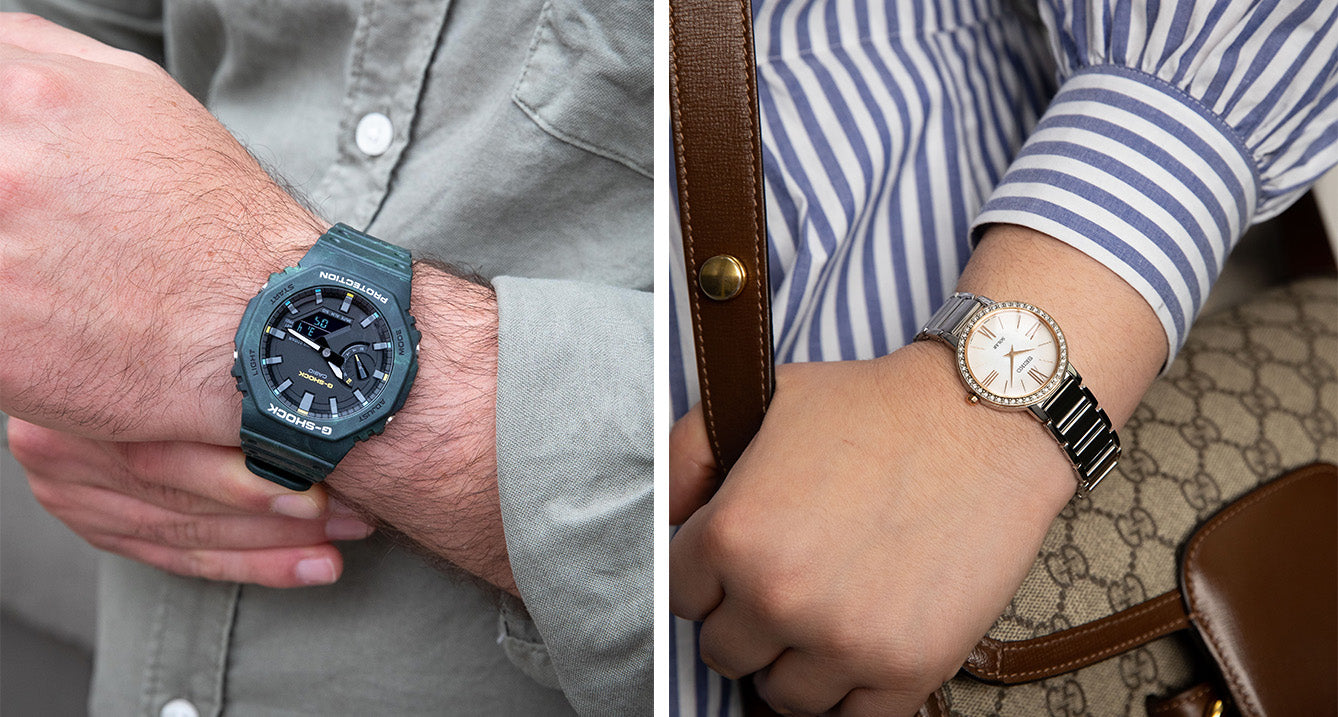
Overview:
What Hand Do You Wear A Watch?
So, do you go with the left hand or the right one? It’s an age-old question that people have been bargaining with for centuries. It is one that those who recently became engaged or got married will know all too well as the old-style customs also dictate what hand you wear your wedding and engagement rings as well. And while there is technically no right or wrong way to wear either, it is more common for people to wear their bridal jewellery and watch on the left hand. Part of the reason people choose to wear watches on their left hand is that for a large portion of the popular it is not the dominant hand.
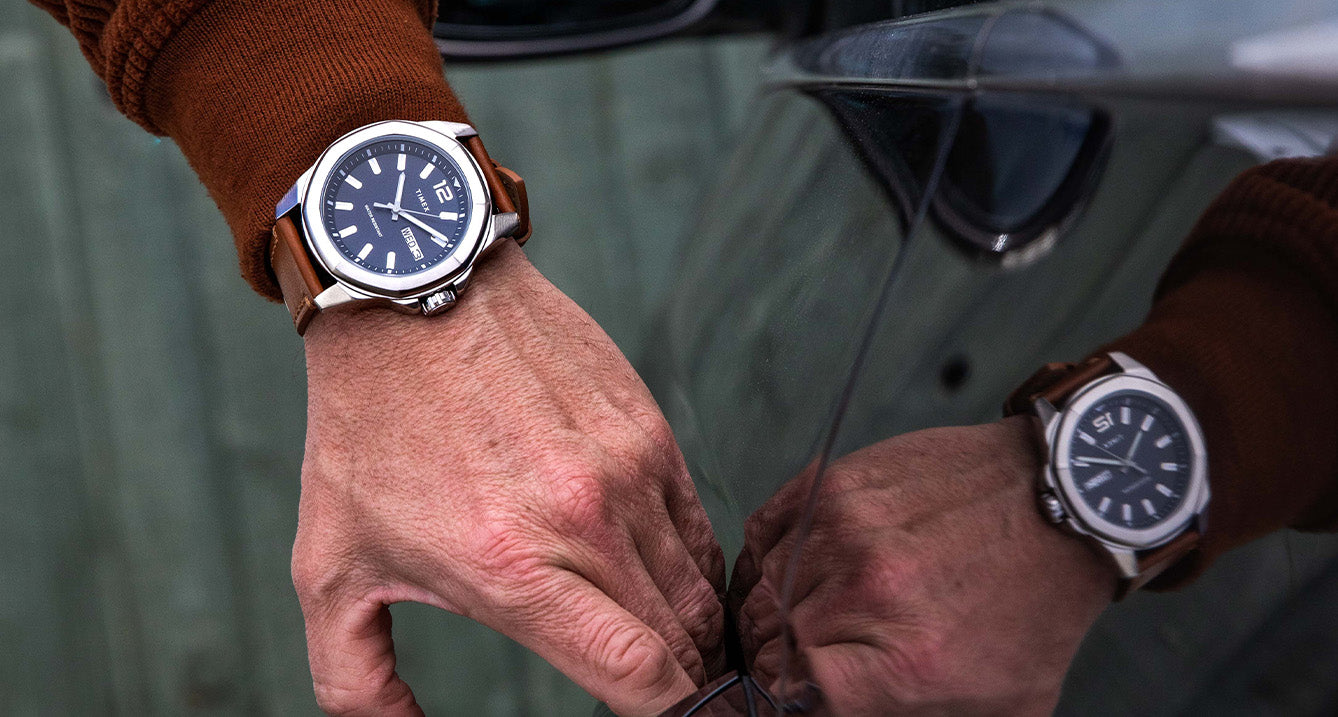
Only around ten per cent of the population is left-handed and when wristwatches came to fruition in the early-1800s, many cultures believed writing with your left hand was improper and sacrilegious, something that forced a lot of the people to become dominant with their right hand. As a result, many people began wearing both women’s and men’s watches on their left hand. Hands are our most frequently used limbs, particularly our dominant hand, so wearing your watch on the opposite hand ensures that it does not get in the way when you are attempting to undertake tasks with your dominant hand. It also allows you to avoid any discomfort when you write.
Practical Advantages
Aside from ensuring your general comfort, there are actually some practical advantages to wearing your wristwatch on your non-dominant hand. For one, it is much easier to make any adjustments to your timepiece without having to take it off. When you are overly reliant on your dominant hand, you will notice that sometimes even the most mundane of tasks present somewhat of a challenge. This is because your non-dominant hand is often underworked and as a result has gotten a bit lazy. It is why your handwriting is often incomprehensible or why you are so uncoordinated when throwing a ball using your non-dominant hand. The same can be said when you are trying to do simple tasks that come with watch ownership such as changing the time or in the case of automatic watches, manually winding them.
Another practical benefit of wearing your wristwatch on the non-dominant hand is that it may just improve your timekeeping. Whether you are writing a report, stirring a pop on the stove or on the phone, it is safe to say that your dominant hand is probably occupied most of the time. This allows for easy access to your watch when it is needed. Style-wise it is also a more aesthetically pleasing choice when you factor in that most people’s non-dominant hands. It means that when people a majority of people look at their watches the crown sits within either the three o’clock or 9 o’clock position and faces towards the hand rather than up towards the shoulders. This positioning makes it much easier to maneuver the watch’s crown.
Mechanical Advantages
Surprisingly, there are actually some mechanical advantages to wearing your watch in the opposite hand to the one you write with. Not only does wearing your watch on the left (or on the right if you are left-handed) prevent it from getting in the way of some of the activities you predominantly use your writing hand for, but it also helps you prevent any damage. While there are plenty of highly durable and hardwearing timepieces out there like the ultra-sturdy G-Shock watches, they’re not exactly bulletproof. They can also be incredibly valuable. Naturally, any accessory we wear on our hands is going to be vulnerable to scratches, scuffs and bumps, including watches. While wearing it on the opposite hand isn’t going to prevent your stainless steel watch from becoming scratched or your leather watch from becoming scuffed completely, it will make it less likely to occur.
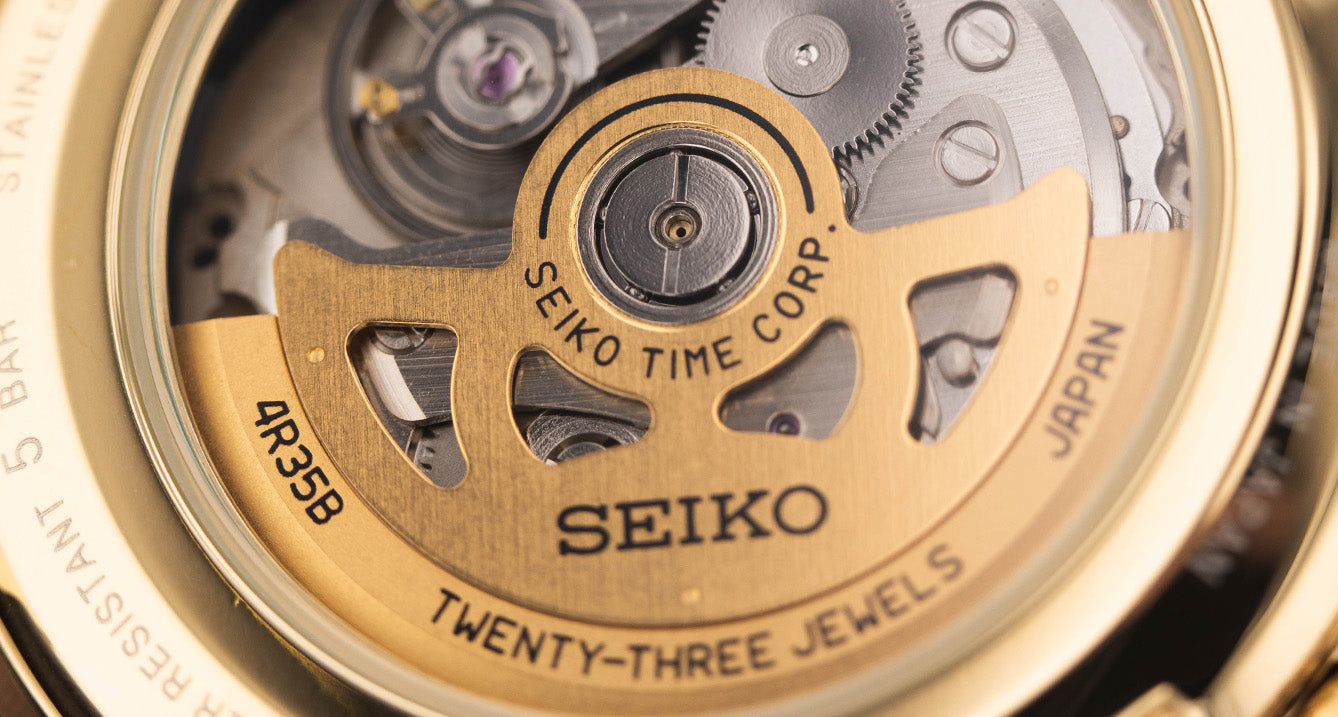
If you are more into your smart watches than traditional analogue watches or even digital watches, you are likely well-equipped with all the additional features that come with these timepieces. They are essentially mini-computers that can control your music, allow you to answer calls or respond to text messages, navigate your surroundings with GPS trackers as well as allow you to take advantage of a whole range of health and fitness functions including step-counters, heart rate monitors and calorie counters. By wearing your smart watch on your non-dominant hand, you may just allow these health and fitness functions to provide you with a more accurate reading. Given your dominant hand is the more active one, it can make it more difficult to avoid unnecessary shocks and movements from being recorded in your smart watch’s heart rate monitor, pedometer, calorie counter, blood pressure monitor and even the sleep monitor. Thus, resulting in a less accurate measurement.




.png)
